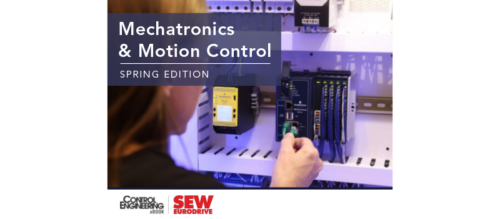Basic piezo technologies for motion control applications
The most common piezo actuators and motor types are “simple” piezo actuator, flexure-guided, piezo actuator, ultrasonic friction motors, piezo stepping motors, and Ultrasonic transducers. Different piezo actuators and motor types are available. The most common ones are:
Piezoceramic motors and actuators have fewer mechanical component parts to wear out and service, and have ability to provide more accurate positioning, attractive attributes for medical device manufacturers. Different piezo actuators and motor types are available. The most common ones are:
A) “Simple” piezo actuator—expands proportionally to voltage. Motion is proportional to drive voltage.
Sub-groups include:
- Stacked actuator is the most common type, with high force, fast response, and short travel;
- Shear actuator has fast lateral motion, and XY systems are available. They can have high force and very high frequency, though travel typically limited to 20 µm;
- Tube actuator is mostly for microdispensing applications and atomic force microscopy (AFM) scanners; and
- Bender actuator has long travel (deflection) to several mm, but low force and low frequency.
B) Flexure-guided, piezo actuator has frictionless flexures, and motion amplifiers provide longer travel, and extremely straight motion. Motion is proportional to drive voltage.
- Integrated multi-axis systems are available;
- Motion range up to 2 mm and above; and
- Frictionless, without wear and tear.
C) Ultrasonic friction motors
- Based on high frequency oscillation of a piezo plate (stator);
- Unlimited motion, high speed, fast response (10 to 10s of millisecs);
- Oscillation is transferred to a slide or rotor via friction; and
- Due to friction, resolution is limited to typically 50 nm.
D) Piezo stepping motors
- Basically unlimited motion range;
- Based on accumulation of small controllable steps;
- Picometer resolution dither mode (direct piezo actuation);
- Compact and high force to 155 lb. (for off the shelf units); and
- Fast response (less than 1 millisec). Very high stiffness.
E) Ultrasonic transducers
- Plate or disk-driven with a high frequency at resonance; and
- Used as sensors or transmitters, and in nebulizers.
Also see:
A piezo stepping linear motion animation, a 17-second video, courtesy of Physik Instrumente;
Piezo motors, actuators streamline medical device performance;
11 ways piezoelectric motors improve equipment performance; and
Control Engineering Machine Control Channel.
Physik Instrumente L.P. (PI) manufacturers nanopositioning, linear actuators, and precision motion-control equipment for photonics, nanotechnology, semiconductor, and life science applications; www.pi-usa.us. Jim McMahon writes about instrumentation technology for Zebra Communications; jim.mcmahon@zebracom.net. Edited by Mark T. Hoske, Control Engineering, www.controleng.com.
Do you have experience and expertise with the topics mentioned in this content? You should consider contributing to our CFE Media editorial team and getting the recognition you and your company deserve. Click here to start this process.


